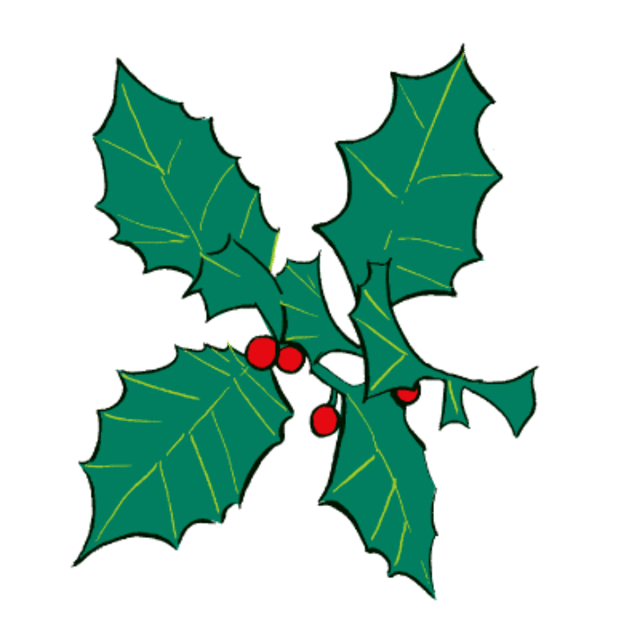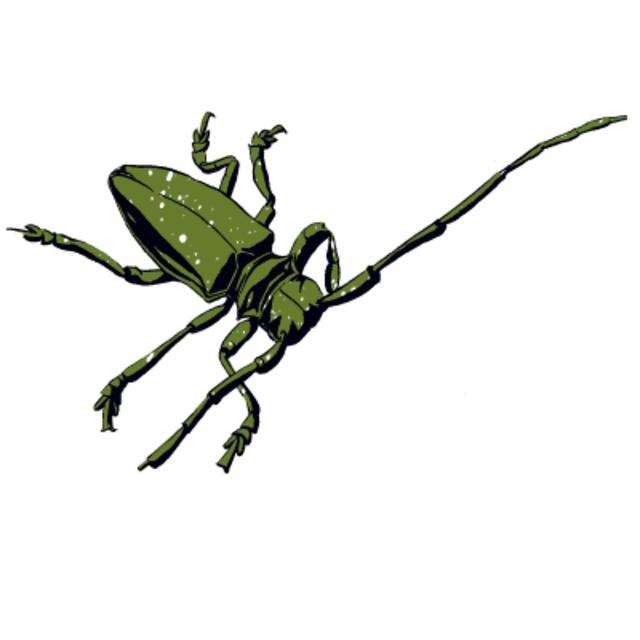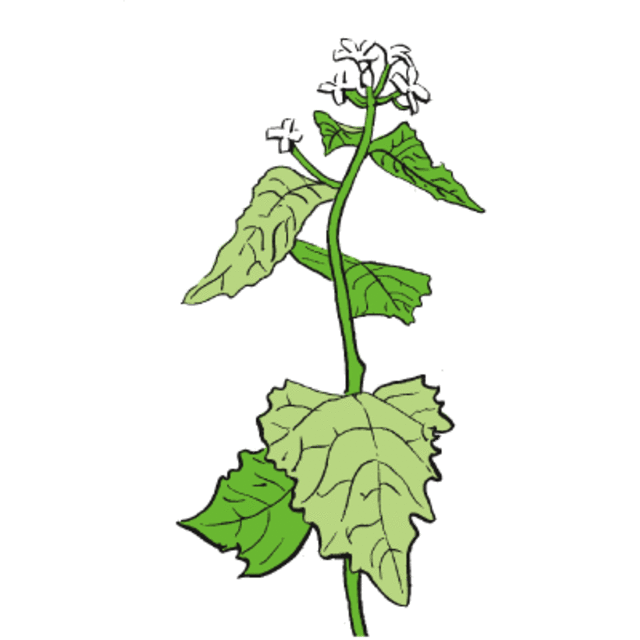
LIKE A BOACONSTRICTORWITHROOTS, English ivy slithers up trees, engulfs them whole, and crushes them to death. And unfortunately for bark-skinned residents of Forest Park, ivy is virtually unstoppable. The park’s temperate climate and lack of natural enemies provide conditions for prolific growth. Vines shoot up some nine feet per year and blanket the ground. “Some vines can get as thick as person’s calf,” says Rachel Felice, the city’s nature stewardship coordinator. Felice helps oversee nearly an acre of ivy pulling annually in Forest Park, where, according to a 2004 vegetation study—the city’s most comprehensive report—some 30 percent of forest has been infested. The good news: to date, nearly 26,000 trees have been freed. But ivy isn’t the only alien being terrorizing Portland’s Eden. In 2003 parks workers cataloged the “Dirty Thirty,” a rogues’ gallery of Forest Park’s most menacing uninvited guests. Here are three that keep Felice up at night.

Image: Thomas Cobb
English Holly
Infestation Level: HIGH
Removal Methods: ROOTING, HERBICIDE
Holly may well spruce up a Christmas wreath, but this is one present no one wants. Spread by birds like starlings and sparrows that gobble its attractive berries, holly has taken root in as much 90 percent of the park. A true sun hog, it grows rapidly in dense, overlapping layers that snuff out all surrounding light-dependent life.

Image: Thomas Cobb
The Asian Long-Horned Beetle
Infestation Level: LOW—FOR NOW
Removal Methods: TREEFELLING
When captured for research, these one-and-a-half-inch-long insects gnaw their way out of plastic bags. But that’s bubkes compared to what they do to trees. The bugs bore into cores, where they are impervious to pesticides, and lay up to 1,000 eggs. Soon host trees resemble swiss cheese, too weak to support their own weight. Since 2005, all wooden packaging materials imported to Oregon must be treated for these invaders.

Image: Thomas Cobb
Garlic Mustard
Infestation Level: HIGH
Removal Methods: HERBICIDE, ROOTING
Introduced to North America from Europe in the 1860s as a culinary herb (garlic mustard makes a tasty pesto), this mastermind of bio warfare puts the bite on whatever grows nearby. Toxic chemicals—harmless to humans—leach from its roots and into the soil, killing its neighbors from the ground up. Capable of flowering and spreading seeds even when uprooted, the plant also sickens butterfly larvae and eggs deposited within its noxious leaves.

















